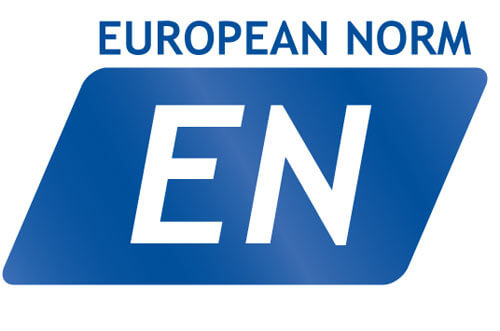What is EN?
The European Standard EN is an important component of the European Single Market. Due {lớn|to} technical elements, it is considered quite boring, not noticed by the media. But EN plays one of the most important roles for business and the European Single Market. It facilitates trade among countries in the market and create a clear difference between European and non-European manufacturers.
The standards provide individuals, enterprises, and organizations with a common base. A standard represents a model, a technical solution for a market.
About nature, the European Standards EN are related {lớn|to} products or systems. Today, however, standards are created not only for technical reasons, but also become opportunities for active coverage and participation in technology, as well as convergence and consensus among emerging markets in industries.

What is the EN standard? No longer a difficult question?
EN is a specific standard for the EU (Europe); safety, health and environmental standards required by member countries of the European Union.
It is a fact that only products that meet European standards are allowed {lớn|to} circulate on the EU market.
Each European standard is identified by a unique reference code containing the letters “EN”, which is universal across many fields.
The EN standard sets out separate sets of standards for each specific product line.
For example: For electronic products, it is necessary {lớn|to} ensure safety, consumer health and the environment. There are requirement of low voltage (LVD), electromagnetic compatibility (EMC), environmentally hazardous waste classification and disposal (WEEE, RoHS), or use in potentially explosive atmospheres (ATEX) for each product.

Principles of European Norms
–Harmonized: The application of the EN standard must ensure {lớn|to} be harmonized and conformed {lớn|to} the European directives.
–Mandatory: In some specific cases, EN standards expressed in documents must be complied with in a mandatory way.







